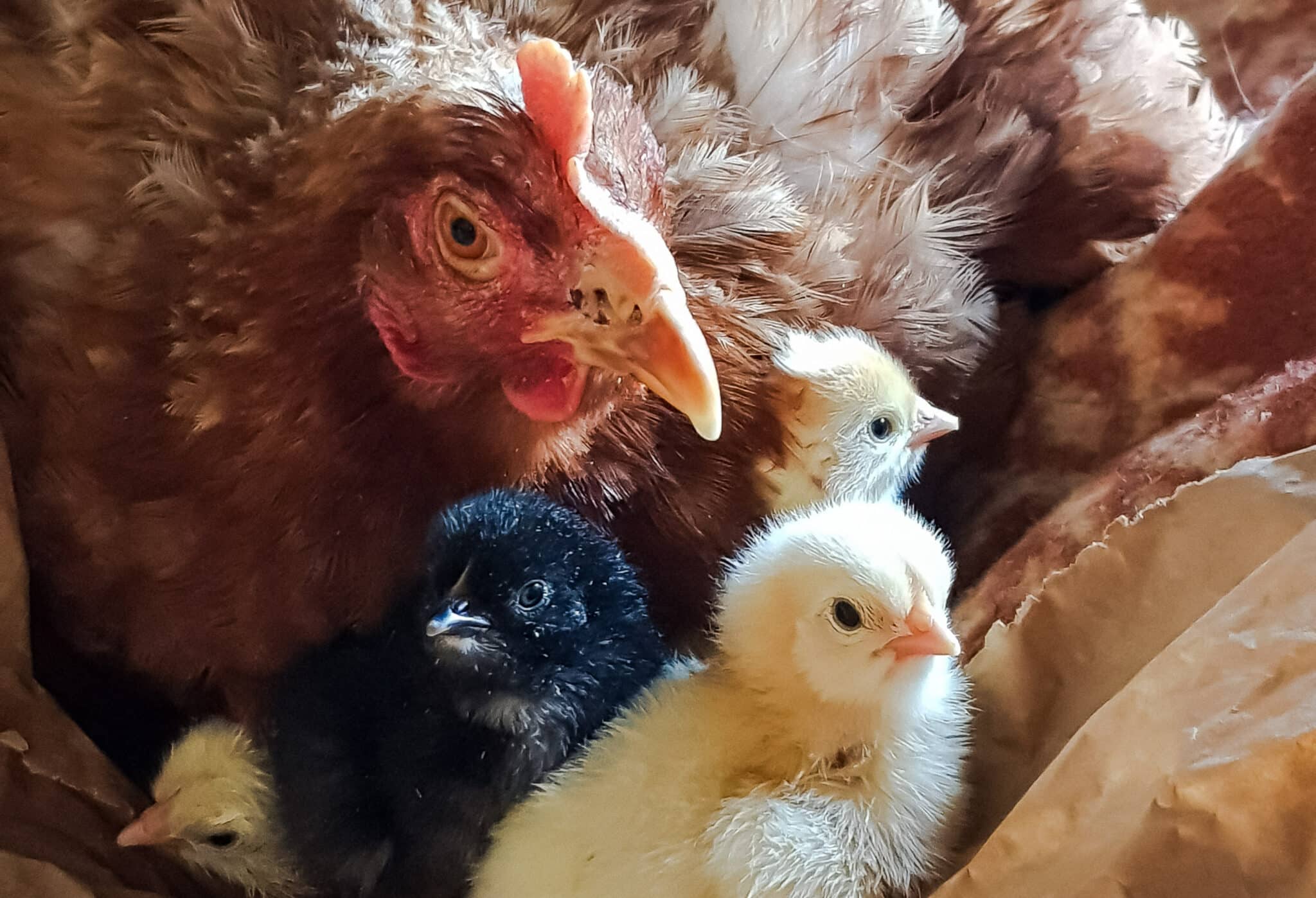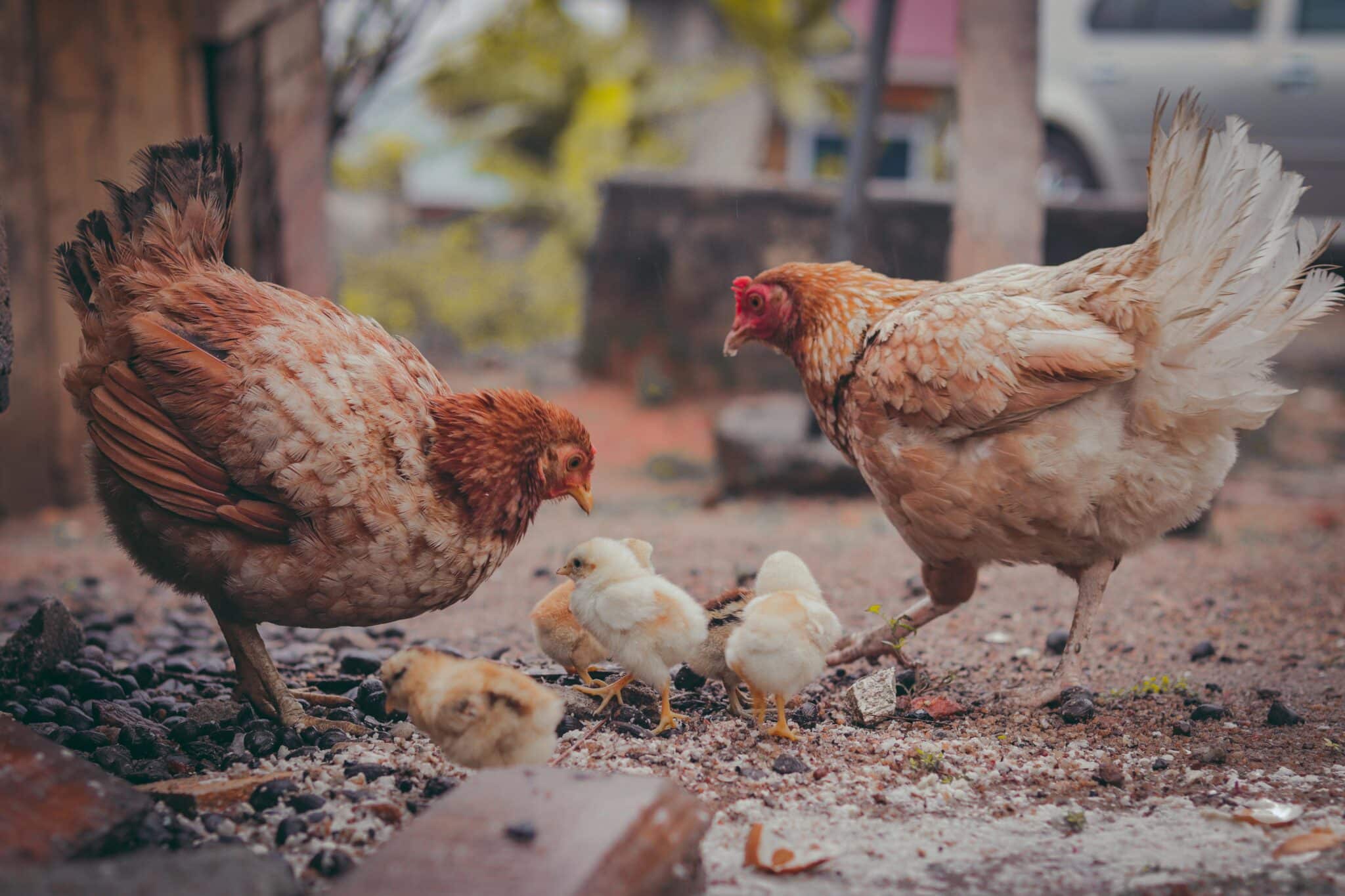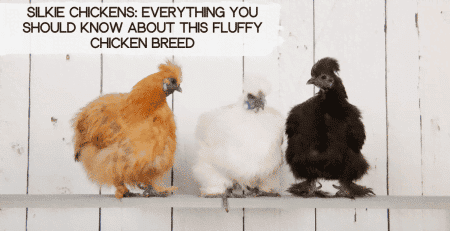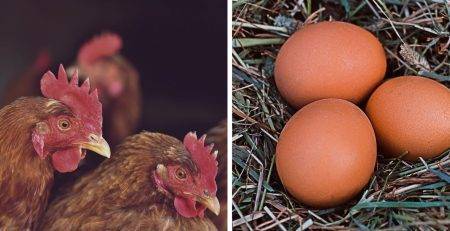Raising chicks and integrating them into an existing chicken coop can be an exciting and rewarding experience. However, it requires careful planning and execution to ensure the well-being and successful integration of your new feathered friends. In this article, we will provide a comprehensive guide on how to raise and introduce chicks to your coop.
Raising chicks can be a rewarding and enjoyable experience for backyard poultry enthusiasts. However, to ensure the health and well-being of your chicks, it’s important to provide them with a suitable environment and essential materials in their coop. In this article, we will explore the key steps in raising chicks and discuss the materials needed for their coop, to create a safe and comfortable space for them to grow.
Brooding Chicks
Chicks need to be kept warm because they cannot regulate their body temperature effectively when they are young. By providing a warm environment, typically around 95-100 degrees Fahrenheit (35-38 degrees Celsius), chicks can maintain their body temperature and thrive. Maintaining proper warmth is crucial for their growth, development, and overall well-being. That’s why a chicken brooder is the first thing you’ll need if you plan on raising chicks.
A chicken brooder is used to provide a warm and controlled environment for newly hatched chicks. It helps them regulate their body temperature, stay protected, and grow properly.
- Prepare a suitable brooder: Create a warm and secure brooding area for your chicks before they are ready to transition to the coop. You can use a cardboard box or a dedicated brooder pen. Ensure it is well-ventilated, draft-free, and large enough to accommodate the growing chicks comfortably.
- Temperature: Maintain a consistent temperature in the brooder. Start with a temperature of around 95°F (35°C) for the first week and gradually reduce it by 5°F (2.8°C) each week until reaching the ambient temperature. Use a heat lamp or a brooder heater to provide warmth and a thermometer to monitor the temperature.
- Bedding and cleanliness: Use clean and absorbent bedding materials such as wood shavings, straws, or paper towels. Replace soiled bedding regularly to maintain hygiene and prevent the build-up of harmful bacteria.
- Water and food: Provide clean, fresh water in shallow containers that are easy for chicks to reach. Use chick-specific waterers to prevent drowning hazards. Offer a well-balanced chick starter feed containing essential nutrients and vitamins. Grit may be necessary if the chicks are not on pasture.
- Lighting: Maintain a consistent light source for the chicks, initially providing around 20 hours of light per day. This promotes healthy growth and discourages pecking behaviors.
Brooder Setup
- A sturdy container: A cardboard box, plastic tub, or commercially available brooder box can work as a suitable container.
- Bedding: Use materials like pine shavings, straws, or paper towels to provide chicks with a clean and comfortable surface.
- Heat source: A heat lamp or a specialized chick heating plate will maintain the brooder’s temperature around 90-95°F during the first week, gradually reducing by 5°F per week.
- Thermometer: Use a reliable thermometer to monitor the temperature in the brooder and ensure it remains within the appropriate range.
- Feeder and waterer: Choose shallow, easy-to-access feeders and waterers suitable for chicks to minimize spills and contamination.
- Chick starter feed: Provide a nutritionally balanced chick starter feed specifically formulated for their needs.
You can place your brooder in the coop along with your other chickens, but be sure they can be seen and not touched. If you start your chicks in the coop, ensure your coop is safe and weatherproof. An automatic chicken coop door is an excellent tool to ensure your chicks are safe inside the coop if they happen to escape their brooder. Closing automatically at sunset, you’ll also have peace of mind knowing that your automatic chicken coop door will keep your precious chicks safe from predators during the night.
Maintaining a clean and disease-free environment is crucial for chick health.
Regularly clean the brooder, removing soiled bedding and replacing it with fresh material.
Wash your hands before and after handling the chicks to prevent disease transmission.
Monitor their behavior, growth, and droppings for any signs of illness and consult a veterinarian if necessary.

Proper Feeding and Watering
To promote healthy growth, chicks need access to clean water and food throughout the day. Remember that they are growing at a fast pace, so keeping food for them is important. By following these feeding and watering guidelines, you can ensure the growth of healthy chicks.
The best feed for chicks is a specially formulated starter feed that is specifically designed to meet their nutritional needs. Starter feeds for chicks typically contain a balanced mix of proteins, vitamins, minerals, and other essential nutrients. These feeds come in various forms, such as crumbles or pellets, and are readily available at feed stores or through online suppliers. It’s important to provide clean, fresh water alongside the feed at all times. Additionally, as the chicks grow older, their nutritional requirements will change, and you may need to transition them to different types of feed. Consulting with a local poultry expert or veterinarian can help you choose the most appropriate feed for your chicks based on their age and breed.
- Keep the feeder filled with fresh chick starter feed at all times.
- Ensure a constant supply of clean, fresh water in a suitable waterer that prevents drowning.
- Consider adding chick-sized grit to their diet to aid digestion.
Gradual Integration Process
Chicks can be transitioned to the coop when they are around six to eight weeks old, depending on their size, feather development, and the outside temperature. Ensure that they are fully feathered before exposing them to outdoor conditions.
Separate but Visible
Initially, place the chicks’ brooder inside the coop or adjacent to it, allowing the older chickens to observe the newcomers. This promotes visual familiarity while minimizing direct contact. To ensure the safety of your chicks, an automatic chicken coop door closes on its own at sunset, so no predators are able to get in the coop, and the chicks can’t sneak out.
Gradual Introductions
After a few days of visual exposure, allowing supervised interactions between the chicks and older chickens in aRaising chicks and introducing them to an existing flock of chickens can be a daunting task for any backyard poultry enthusiast. However, with a bit of knowledge and preparation, it can be a smooth and successful process.
- Age and Size
The age and size of the chicks are crucial when introducing them to the flock. Chicks should be at least eight weeks old and fully feathered before introducing them to the flock. This allows the chicks to better defend themselves against any aggressive behavior from the existing flock.
- Gradual Introduction
The introduction of the chicks to the flock should be gradual. It’s recommended to introduce the chicks during the day when the existing flock is active and well-fed. The chicks should be placed in the coop but separated by a barrier, such as chicken wire, to prevent any aggression from the existing flock. This allows the flock to see and interact with the chicks without any direct contact.
- Supervision
It’s important to supervise the introduction of the chicks to the flock to ensure that there is no aggression towards the chicks. If any aggression is observed, the chicks should be removed immediately and reintroduced at a later time.

Other Tips For Getting Your Chicks Ready for the Coop
Introduce Multiple Chicks
It’s recommended to introduce multiple chicks to the flock at the same time. This allows the chicks to form a bond and increases their chances of survival against any aggression from the existing flock.
Provide Adequate Space
The coop should have enough space to accommodate the new chicks. The existing flock may become aggressive if they feel their space is being invaded, so it’s essential to provide enough space to prevent this from occurring.
Provide a Controlled Situation
Use a temporary barrier such as a wire fence or mesh to ensure physical separation while enabling socialization.
Free-Ranging and Supervised Integration
Once the chicks have grown substantially and are capable of defending themselves, gradually allow supervised free-ranging interactions with the older flock. Observe their behavior closely to ensure the safety and well-being of all chickens.
Full integration
Monitor the interactions between the chicks and the older chickens over several weeks once you notice positive interactions, reduced aggression, and established pecking order.
Coop Size
When chicks are ready to transition to their permanent coop, ensure it meets the following requirements:
Sufficient space: Allow at least 4 square feet per bird inside the coop and 8-10 square feet per bird in the run.
Ventilation: Provide proper ventilation to maintain good air quality and prevent moisture buildup.
Nesting boxes: Install suitable nesting boxes for your hens when they reach maturity.
Perches: Include roosting bars or branches at varying heights to encourage natural behavior.
Coop Essentials
Equip your coop with the necessary materials to create a comfortable and secure environment:
Bedding: Use materials such as straw, pine shavings, or sand in the coop to provide a clean and comfortable surface.
Nesting materials: Add soft nesting materials, such as straw or wood shavings, in the nesting boxes for hens to lay eggs.
Predator-proofing: Secure the coop with sturdy wire mesh or hardware cloth to prevent access from predators like raccoons or rats. Run-Chicken’s automatic chicken coop doors provide an extra level of security for your chicks.
Litter management: Use a droppings board or regularly clean the coop to manage waste and prevent health issues.
Lighting: Consider installing a light source in the coop to ensure a consistent day/night cycle and maintain egg production during winter months.
Conclusion
In conclusion, raising chicks and successfully integrating them into your existing coop is a rewarding journey that requires proper care, preparation, and patience. From creating a suitable brooder setup to ensuring a well-equipped coop, each step plays a vital role in the health and well-being of your chicks. By providing them with a warm and secure brooder environment, offering appropriate feed and water, and maintaining good hygiene, you set a solid foundation for their growth. When the time comes for integration, gradual introductions, visible separation, and supervision help mitigate potential aggression. With the right materials, ample space, attention, and a little help from Run-Chicken.com, your chicks will flourish and harmoniously become part of your established flock. Happy chick-raising and coop integration!
New year – new chickens: Everything you need to know about hatching your chicks






